Europe’s two largest milk producers recorded sharp drops, with supply back 3% in Germany and 7.3% in France. The UK, too, saw its milk production fall by 8.2% year on year.
The Netherlands was the only one of the top five EU member states to increase milk output in September, at 3.9%. Belgium and Denmark, too, recorded dramatic falls in production (-8.4% and -6.2% respectively).
Dutch figures are already published for October and they show that supply there grew at a slower pace last month (+2%).
UK supply 10% down
National weekly surveys confirm the downward trend in France and the UK through October. In France, where the government is adding a 10c/l top-up for the first 5% cut under the EU’s milk production reduction scheme, supply has remained around 7% under last year’s levels.
In the UK, the fall in production is accelerating, with recent weeks recording around 10% less milk produced than at the same time last year.
Among large European producers, Italy and Spain continue to buck the trend. Italian milk supply grew marginally by 0.2%, consolidating expansion in previous months, while Spanish production was up 4.2%.
Intervention and private storage aid
While no milk powder has made its way into EU intervention for more than two months now, Europe continue to use private storage aid to take products off the market.
More than 1,300t of skimmed milk powder and nearly 2,300t of butter (nearly half of which came from Ireland) entered the scheme last week, inline with the steady volumes observed for the past few months.
There was also a surge of more than 1,000t cheese placed into private storage aid – the highest weekly amount since May.
Read more
Dairy trends: GDT hits two-year high as product volumes tighten
Milk price can reach 30c/litre next spring
Europe’s two largest milk producers recorded sharp drops, with supply back 3% in Germany and 7.3% in France. The UK, too, saw its milk production fall by 8.2% year on year.
The Netherlands was the only one of the top five EU member states to increase milk output in September, at 3.9%. Belgium and Denmark, too, recorded dramatic falls in production (-8.4% and -6.2% respectively).
Dutch figures are already published for October and they show that supply there grew at a slower pace last month (+2%).
UK supply 10% down
National weekly surveys confirm the downward trend in France and the UK through October. In France, where the government is adding a 10c/l top-up for the first 5% cut under the EU’s milk production reduction scheme, supply has remained around 7% under last year’s levels.
In the UK, the fall in production is accelerating, with recent weeks recording around 10% less milk produced than at the same time last year.
Among large European producers, Italy and Spain continue to buck the trend. Italian milk supply grew marginally by 0.2%, consolidating expansion in previous months, while Spanish production was up 4.2%.
Intervention and private storage aid
While no milk powder has made its way into EU intervention for more than two months now, Europe continue to use private storage aid to take products off the market.
More than 1,300t of skimmed milk powder and nearly 2,300t of butter (nearly half of which came from Ireland) entered the scheme last week, inline with the steady volumes observed for the past few months.
There was also a surge of more than 1,000t cheese placed into private storage aid – the highest weekly amount since May.
Read more
Dairy trends: GDT hits two-year high as product volumes tighten
Milk price can reach 30c/litre next spring




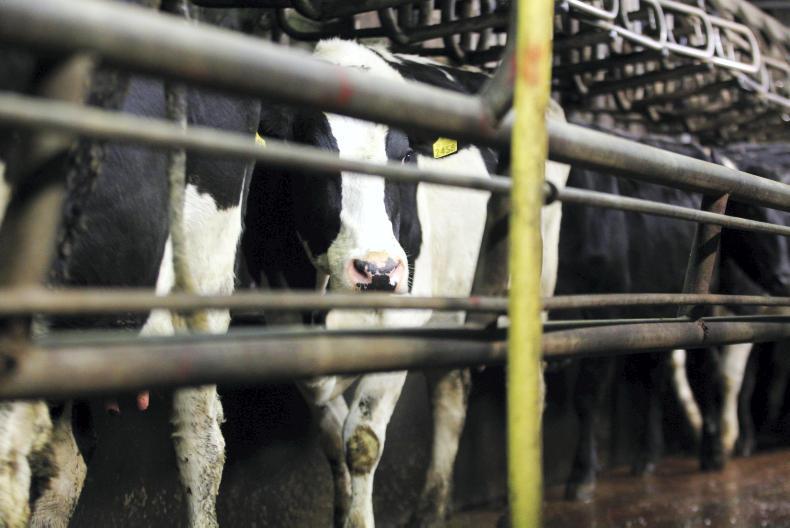
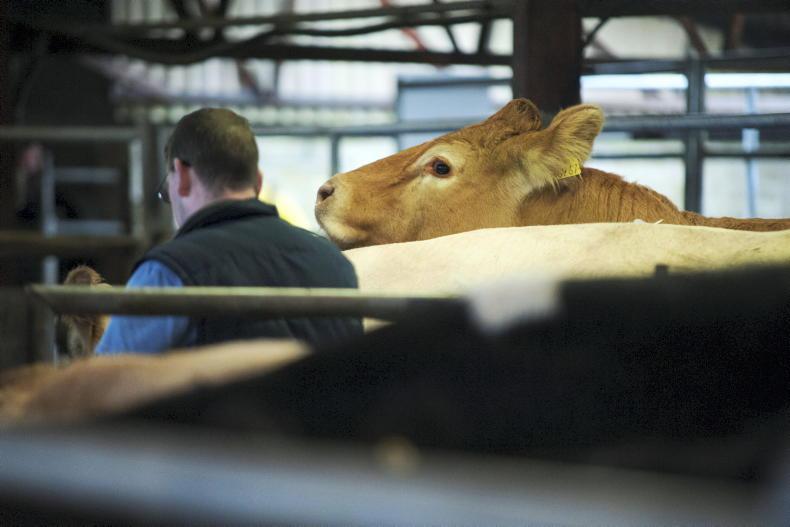

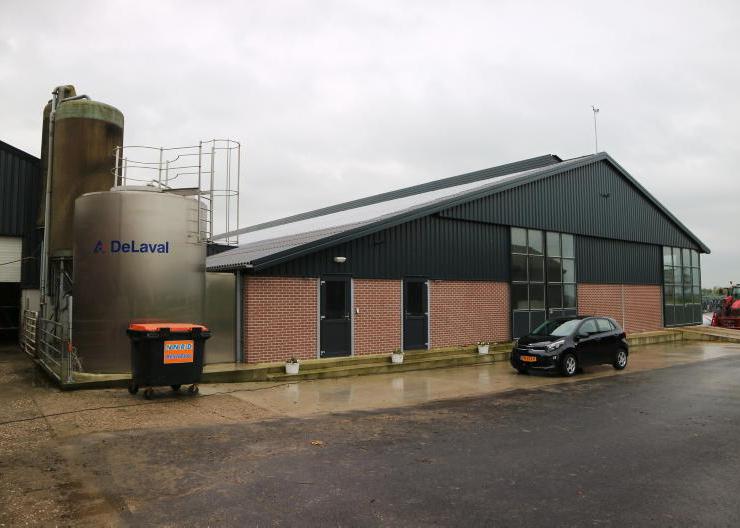
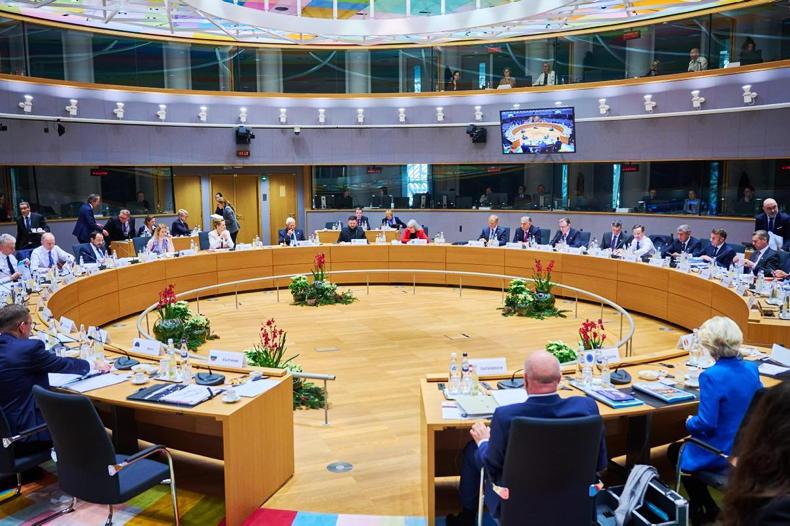
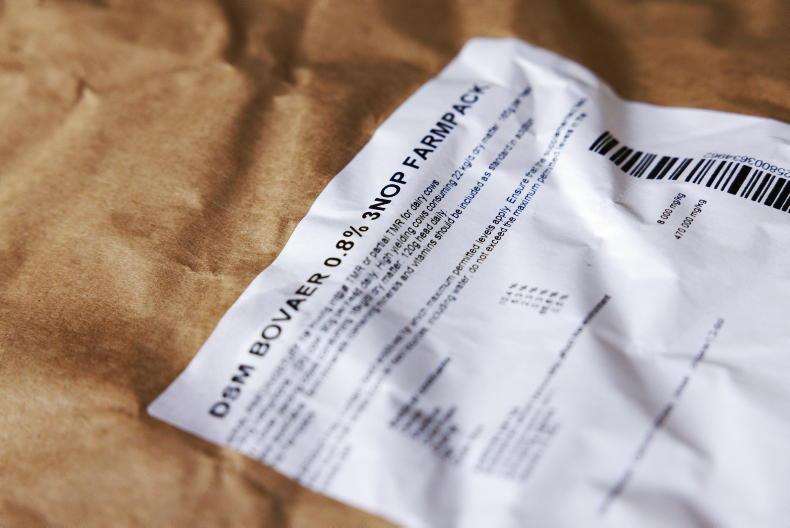
SHARING OPTIONS